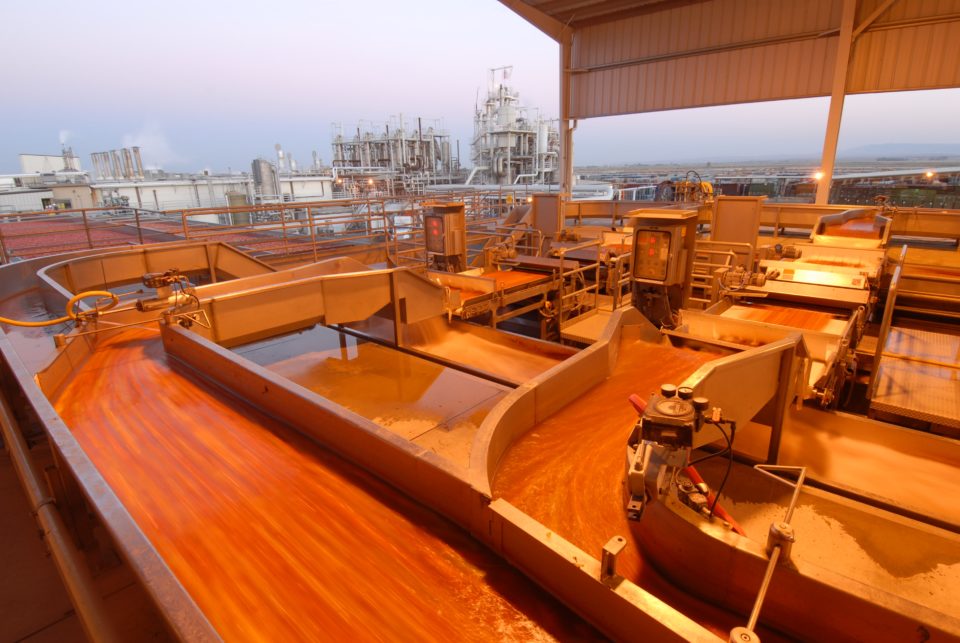Working without bosses. Looking at them side by side, these three words almost seem like an oxymoron. Yet you can, there are more and more companies and organizations that are doing it. The result? Improved employee wellbeing, as well as turnover.
It’s called self-organization and it’s based on principles that sound great on paper: trust, respect and communication. The approach starts from this consideration: why shouldn’t human beings who manage the complexity of their private lives on a daily basis be able to do the same at work, without bosses?
The question is decidedly unusual, but the simplicity of the reasoning from which it takes shape triggers in all of us an interesting inner dialogue that makes us swing from skepticism to an enthusiasm which is typical of those situations that we know could take us to other more satisfying dimensions.

the morning star company
For this reason, it was a great opportunity to visit The Morning Star Company (at the Liberty Packaging plant), after having read its case study, as a teal organization, told by Frederic Laloux in Reinventare Le Organizzazioni – the Italian edition of Reinventing Organizations.
In this liberated Californian company, with 4000 employees dealing with tomato processing, I was able to listen to the experience of self-organization that Doug Kirkpatrick lived directly, not today, but already since 1990, as CFO.
It was such an incredible experience that I decided to invite him to Italy, because if I had told the story personally, I don’t think anyone would have believed me.
“We have structured this approach – said Kirkpatrick, during the meeting “Il Futuro Del Lavoro (The Future Of Work)” organized together with Peoplerise in Milan – with the aim of managing a complex organization in a simple way, of giving importance to the point of view of each single person, of aiming at the wellbeing and satisfaction of the workers, automatically feeding profit and innovation, not comparing our performances with those of our competitors but with an ideal scenario outlined from the beginning”.
All of this is done by adopting two key principles that everyone in the company must follow: “1. individuals should not exercise the use of force against other people and 2. they should honor their commitments“.
Questions to find the personal mission in the company
To ensure self-organization, each employee must periodically draft their own letter of agreement with their colleagues, starting with a few key questions.
Why am I here? What does it mean to achieve excellence in my role? How will I support the company’s mission? What processes do I want to be responsible for? How much responsibility am I willing to take? Am I a decision-maker or am I a recommendation-maker?
And since no one is going to tell the employee if he/she is doing a good job, but instead it will be up to the employee to do a self-check, another question part of the letter asks, “What are the indicators of success that you feel you need to achieve at the different stages of the business process in which you take part?”.
Collaboration becomes mandatory
In this way the company becomes a network of relationships, where dynamism and clarity form the base. Each objective is always achieved through a constant process of questions and answers, which are reconfigured according to the challenges rather than starting from a hierarchical and static organization chart.
Each person, regardless of role, has to deal with planning, organizing, controlling, selecting and coordinating. And everyone is aware of the general and specific trends in the areas of interest, thanks to the regular publication of performance trends.

Internal decision committees
What if, for example, there is a request for a raise?
There exist internal committees that, depending on the choice of employees, in some locations may be created through election, in others simply by self-nomination, or through other procedures that are freely agreed upon.
The employee submits a document reporting what has been achieved and the rationale for the request. Colleagues analyze the feedback, review the salary level, take into account cost of living and market standards, and then decide whether the request is appropriate.
Companies as ecosystems
Thus, it is a constant search for balance, in which the wellbeing of the company goes hand in hand with the fulfillment of the individual.
In fact, the example Doug Kirkpatrick uses is that of an ecosystem: the influence between companies and the human beings who work within them is reciprocal and constant. A sort of collective dance, in which freedom and responsibility are inseparable elements. And the more harmonious this relationship is, the more beneficial it will be for the health of the entire system.
